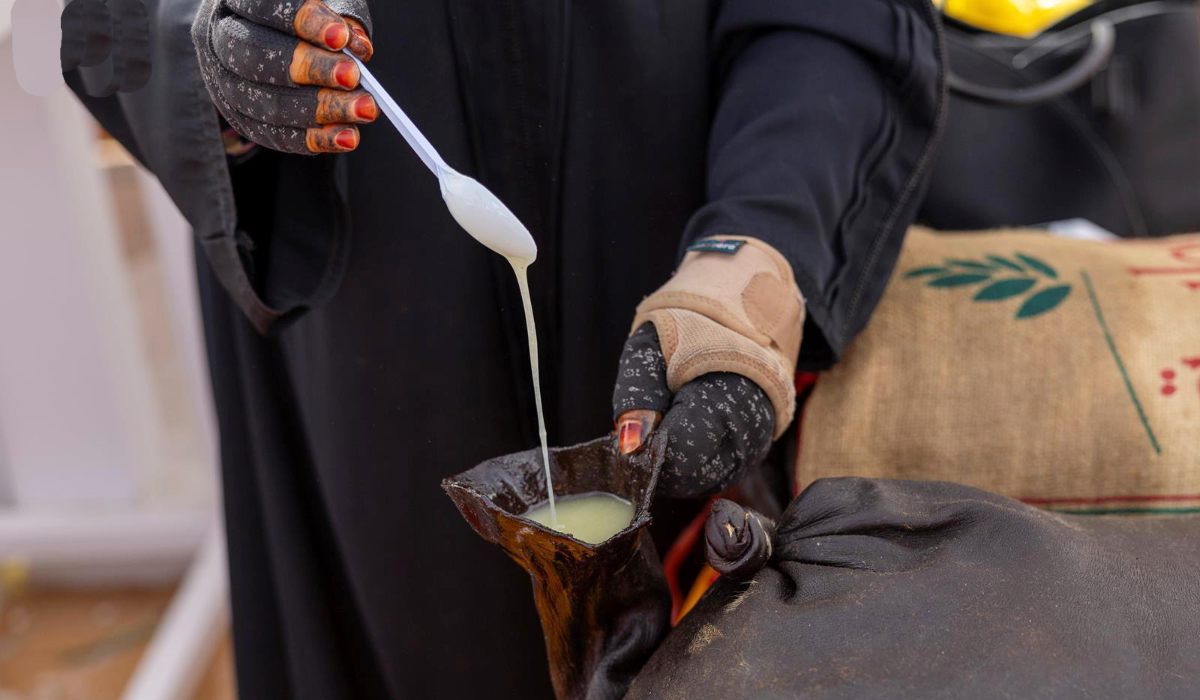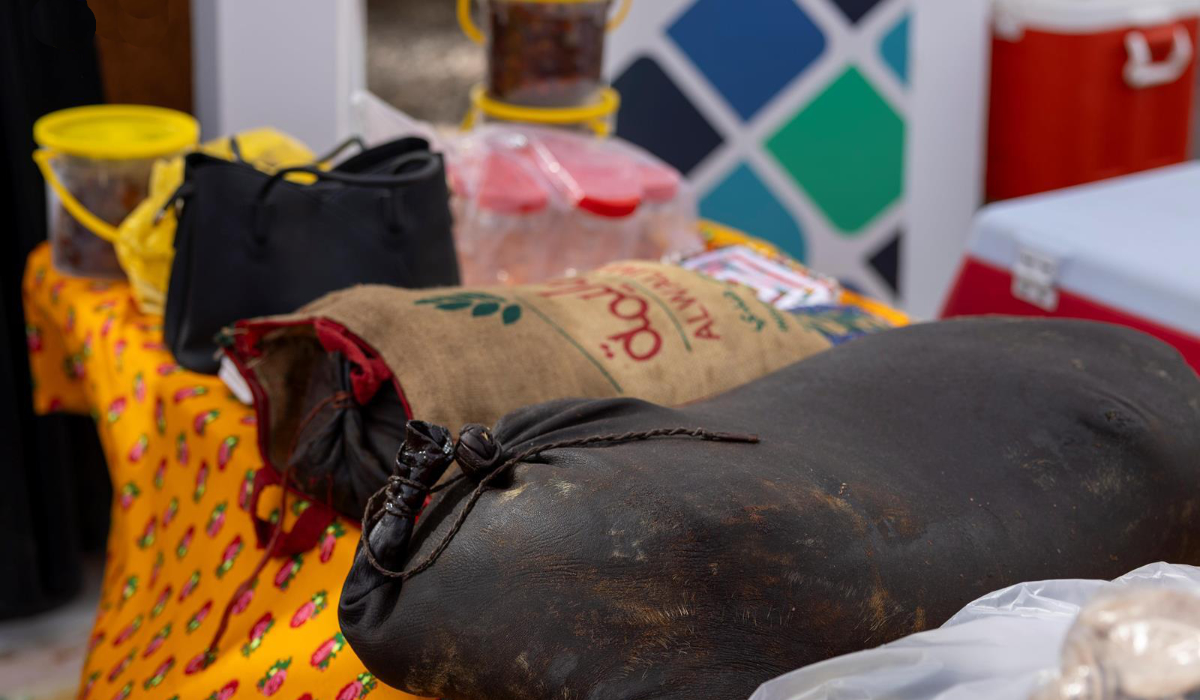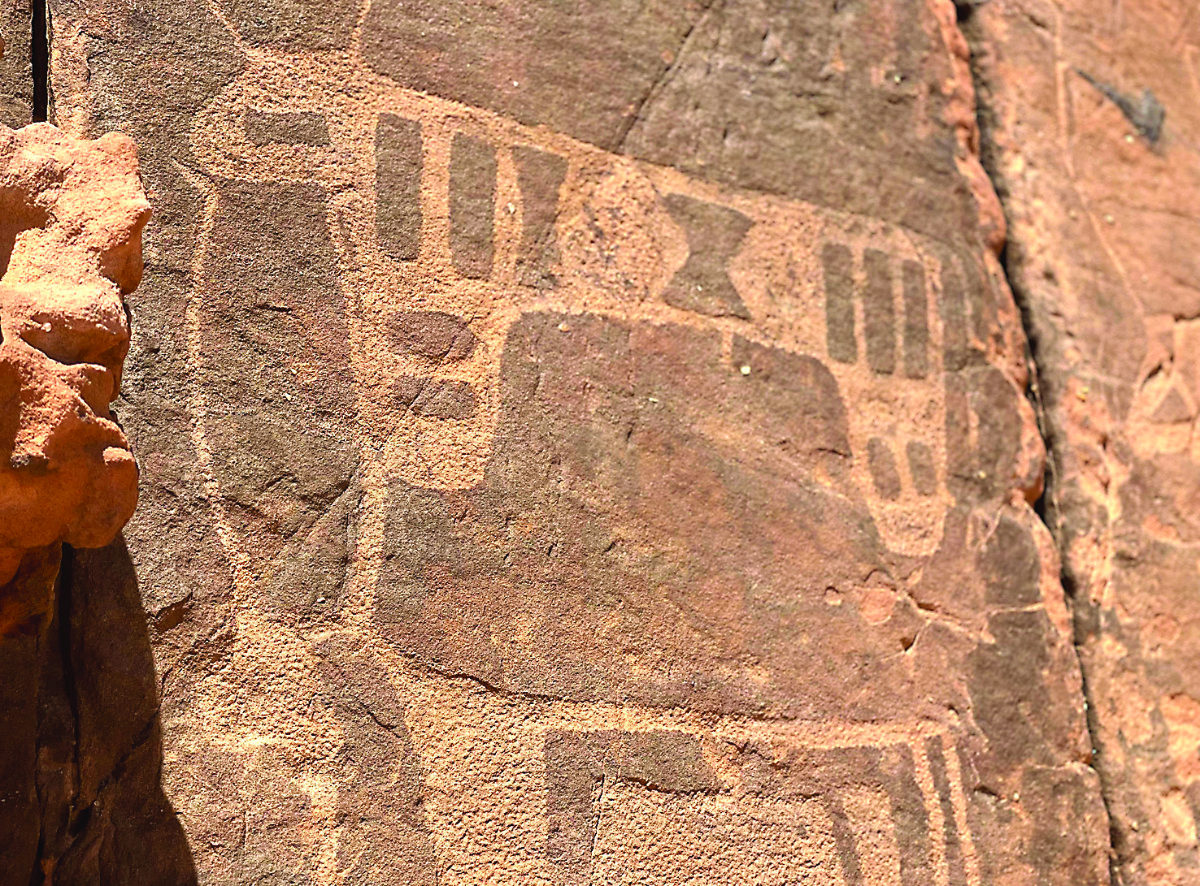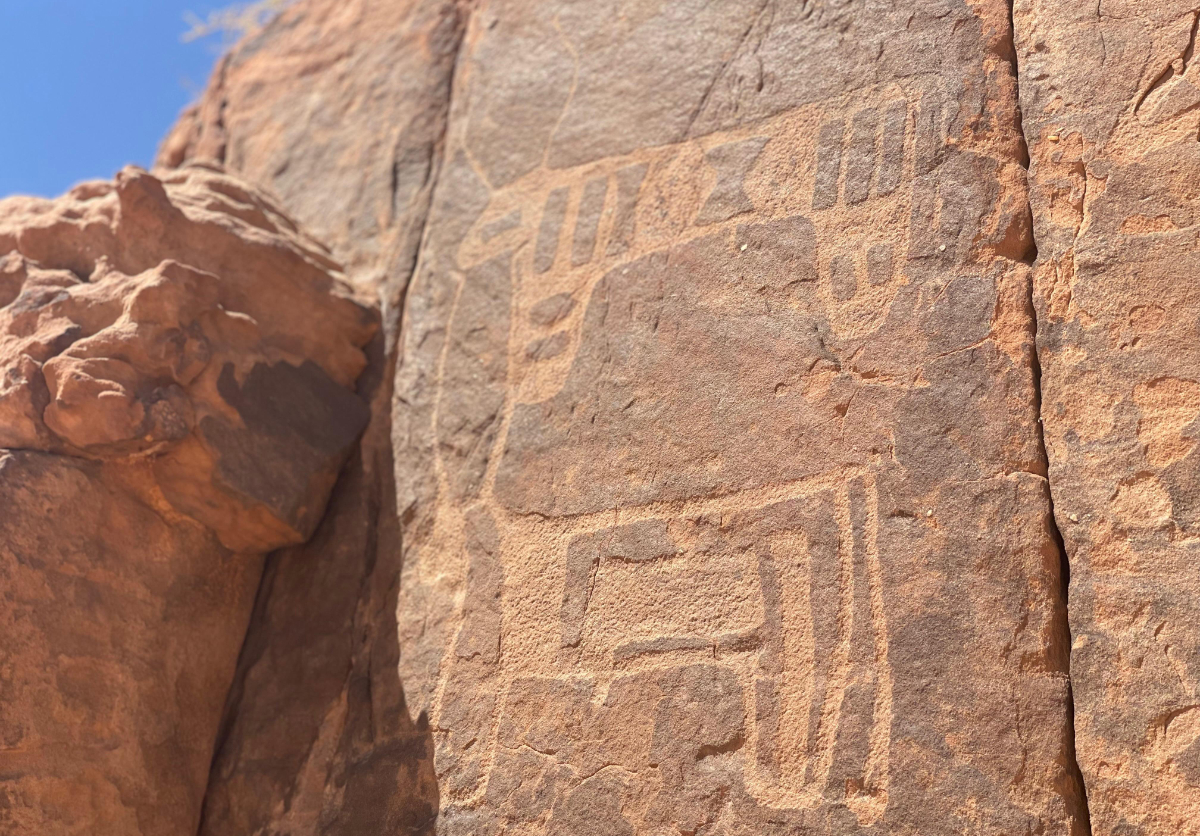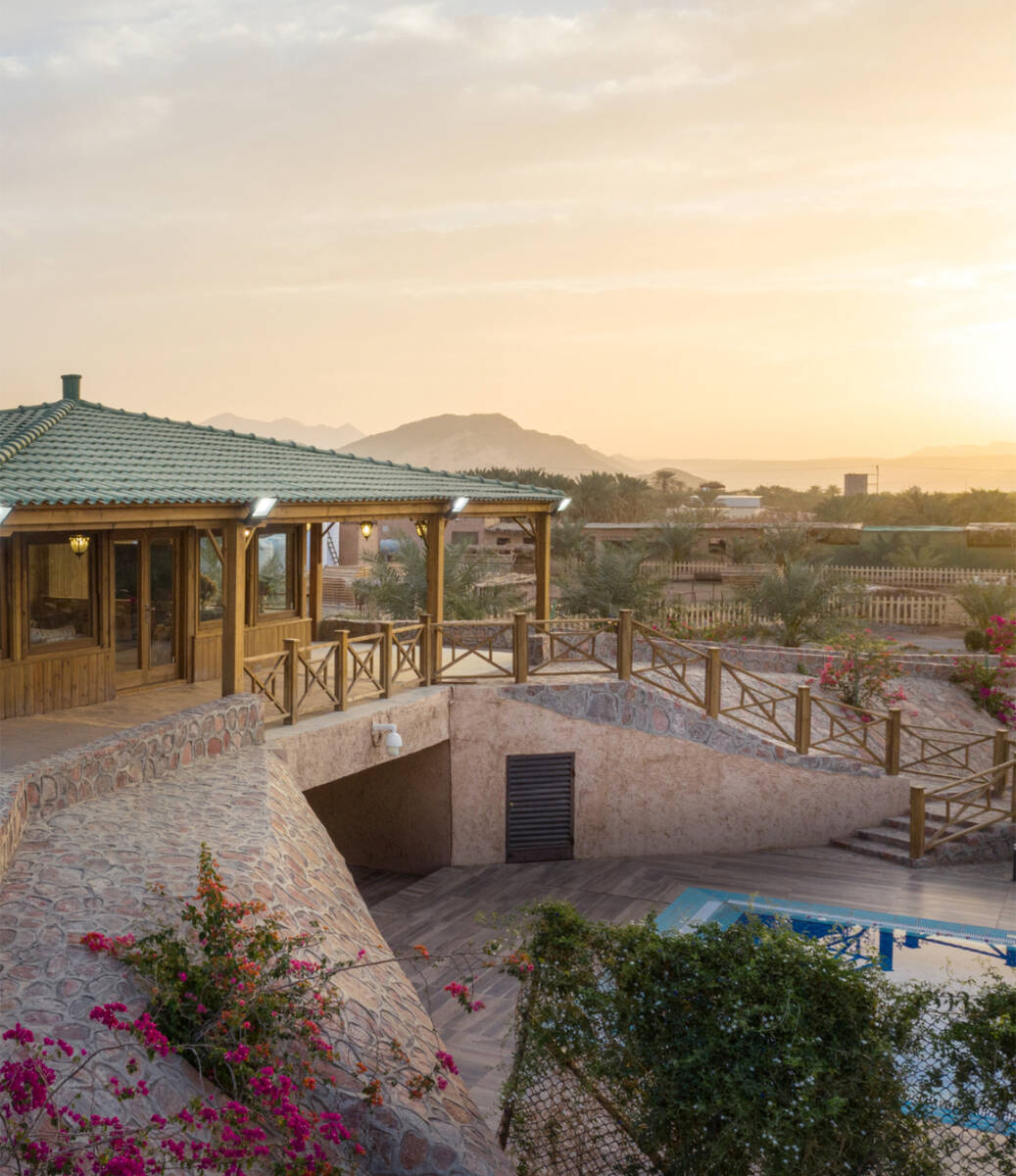JEDDAH: After a month of worship, many people during Eid Al-Fitr break seek fun and relaxation. For those looking for a serene and rejuvenating destination, Saudi Arabia offers an array of options. From luxury resorts to sustainable desert getaways, the Kingdom provides diverse choices to suit all preferences.
Here is a curated list of destinations for a perfect Eid getaway.
The St. Regis Red Sea Resort
Saudi Arabia’s renowned tourism project, The Red Sea, is welcoming guests with the opening of The St. Regis Red Sea Resort. Situated on the Ummahat Islands in the Al-Wajh Lagoon, this luxurious resort features 90 beachfront and overwater villas, each boasting private pools and stunning views. Designed by architect Kengo Kuma, the resort’s aesthetic reflects the beauty of coral reefs and dunes. Guests can dine al fresco at five beachside venues and enjoy Japanese-inspired cuisine at Gishiki 45 and Tilina. The resort offers a spa, gym, and outdoor lap pool, all powered by renewable energy. Rates start from $1,866 per night.
Six Senses Southern Dunes
Nestled amid rolling dunes and the Hijaz Mountains, Six Senses Southern Dunes offers a unique retreat. With rooms, suites, and villas designed under tent-like roofs, the resort blends modern luxury with traditional charm. Guests can enjoy spacious accommodations with outdoor terraces and private pools. The resort’s spa spans 4,000 square feet and offers a range of treatments. Activities include cooking classes and fishing tours, and dining options cater to diverse palates. Rates start from SR4,380 ($1,168) for a Wadi King Room, with a commitment to sustainability.
AlUla: A haven of history and natural beauty
Located in the northwest of Saudi Arabia, AlUla is renowned for its rich history, stunning landscapes, and archaeological wonders. Home to UNESCO World Heritage Sites like the Nabatean tombs at Hegra and ancient rock art, AlUla offers visitors a glimpse into ancient civilizations. The region is undergoing extensive development to enhance its tourism infrastructure while preserving its cultural heritage and natural beauty.
Here are some top accommodations in AlUla for an unforgettable Eid escape experience:
Habitas AlUla: A sustainable desert resort offering luxury accommodations amid the desert canyons of the Ashar Valley, Habitas AlUla features 96 guest villas, each designed to blend seamlessly with the surrounding landscape. Guests can enjoy a range of facilities, including wellness centers, dining options, and a large infinity swimming pool.
Caravan by Habitas AlUla: Caravan provides a unique luxury camping experience in the picturesque Ashar Valley with exclusive Airstream trailers offering either an oasis or mountainous view. Each of the 22 deluxe trailers features panoramic views, air conditioning, WiFi, a queen-size bed (or two single beds), an indoor lounge, a kitchenette, and a private shower and bathroom. Prices range from SR1500 to SR2500 per night.
Ashar Tented Resort: Nestled amid the sweeping desert sands and rugged rock formations of the Ashar Valley, this luxury camping experience immerses guests in AlUla’s spectacular scenery. With access to five-star facilities at the neighboring Banyan Tree Hotel, guests can enjoy a comfortable and memorable stay.
Banyan Tree AlUla: Offering breathtaking views of the Ashar Valley, Banyan Tree AlUla features 47 elegant tented villas adorned with authentic Arabian-inspired details. Committed to sustainability and well-being, the resort advocates for environmental conservation and cultural preservation.
Whether you seek luxury, tranquility, or cultural immersion, AlUla offers a range of experiences to suit every traveler’s preference.
Explore the region’s rich history, breathtaking landscapes, and unparalleled hospitality for an unforgettable Eid getaway: www.experiencealula.com.
Adventures and sightseeing
Many seek the perfect getaway to unwind and connect with nature. In Saudi Arabia, adventure-seekers have a plethora of options thanks to the diverse terrains that span the Kingdom. From sandy deserts to rugged mountains and lush valleys, there is something for everyone to explore.
Guiding adventurers across the Kingdom
Saudi Trips, a leading adventure agency, offers a range of trips and hikes across the Kingdom. Founded by Ibrahim Saad, the agency aims to provide visitors with the best Eid experience, tailored to their preferences and budget.
Saad highlights some of the prime camping and hiking spots, including the iconic AlUla region, the mysterious Dark Cave in Tabuk, and the picturesque Wadi Al-Disah in Jazan.
“In my opinion, the best destinations during Eid break are the sandy areas, caves, and valleys,” Saad told Arab News. “Activities vary according to the terrain, including walking on the sand, mountain climbing, and descending.”
Other notable destinations Saad mentioned include Lajab Valley, the Caravans Trail along the Tuwaiq Mountains, Thumama, and Mount Qarah in the Eastern Province.
Happy escape
For those seeking a unique experience, Ahway, a Saudi tourism project, offers well-equipped caravans in scenic locations. Founded by Saeed Azhar, Ahway aims to promote local tourism while providing visitors with a chance to disconnect from city life and immerse themselves in nature. Starting in Taif, the project plans to expand to other regions like AlUla and Tabuk, offering guests a chance to explore Saudi Arabia’s stunning landscapes.
Diverse landscapes
Khalid Al-Rabiah, CEO of Ghamra Adventures Agency, spoke to Arab News about the allure of Saudi Arabia’s diverse landscapes during Eid.
“Being in a large city like Riyadh, the nearby areas, especially Thadiq National Park and the dunes and valleys of Rughabah Village, are considered prime destinations for Eid escape, especially with their unique nature and the presence of hiking trails and mountain ridges spanning over 70 km.
“There is also a growing trend of camping in the unique natural environments of Hail and Tabuk, known for their peculiar mountains with strange formations and golden sands.”
Ali Al-Abdali, a tour guide in Jazan, describes the region as a haven for hiking and wilderness enthusiasts not only for the Eid holiday but throughout the year.
From stunning beaches along the Red Sea to rugged mountains like Al-Ardah and Al-Rayth, Jazan offers diverse landscapes for outdoor activities.
As Eid approaches, Saudi Arabia’s natural attractions beckon adventurers, both local and international, to explore and create unforgettable memories amid breathtaking scenery.
































